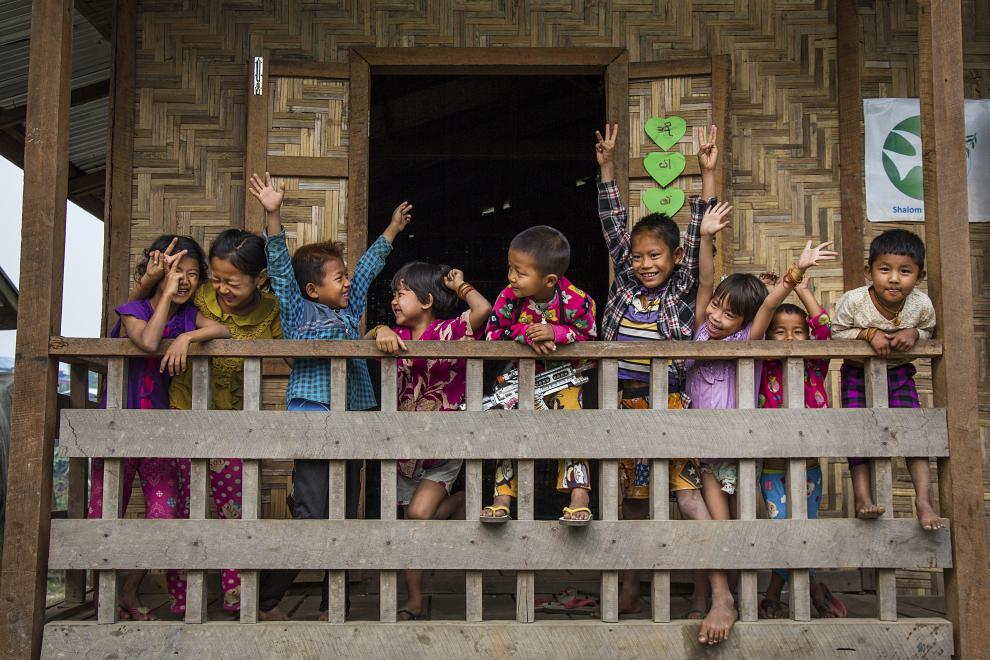Key Findings
• The state of food security and nutrition has deteriorated in Myanmar in 2022.
• Four percent of households were in moderate to severe hunger in July/August 2022. Hunger was highest in Kayah (9.8 percent), Chin (9.9 percent), and Tanintharyi (12.6 percent).
• Households with a low food consumption score increased from 9.4 percent in December 2021/January 2022 to 17.2 percent in July/August 2022. The shares in July/August were highest in Kayah (27.5 percent), Chin (46.1 percent), and Magway (25.5 percent).
• Inadequate diet diversity among adults rose from 20.6 percent to 27.6 percent over the same period with rates higher for women, especially in rural areas.
• Decreases in diet quality among adults is driven by lower consumption of milk and dairy products as well as Vitamin A rich fruits, meat, fish, and eggs.
• More than a third of all children aged 6-23 months and 15.8 percent of all children aged 24-59 months have inadequate diet quality, with no significant changes in 2022.
• Regression analysis reveals low income and limited assets to be important risk factors for food security and adequate diet quality. Wage workers and low wage communities as well as recently migrated people are found to be particularly vulnerable. Rising food prices, conflict and physical insecurity also increase the likelihood of poor diet quality.
• Receiving remittances is a source of resilience; remittance-receiving households are less likely to experience hunger or poor dietary diversity at the household, adult and child level.

